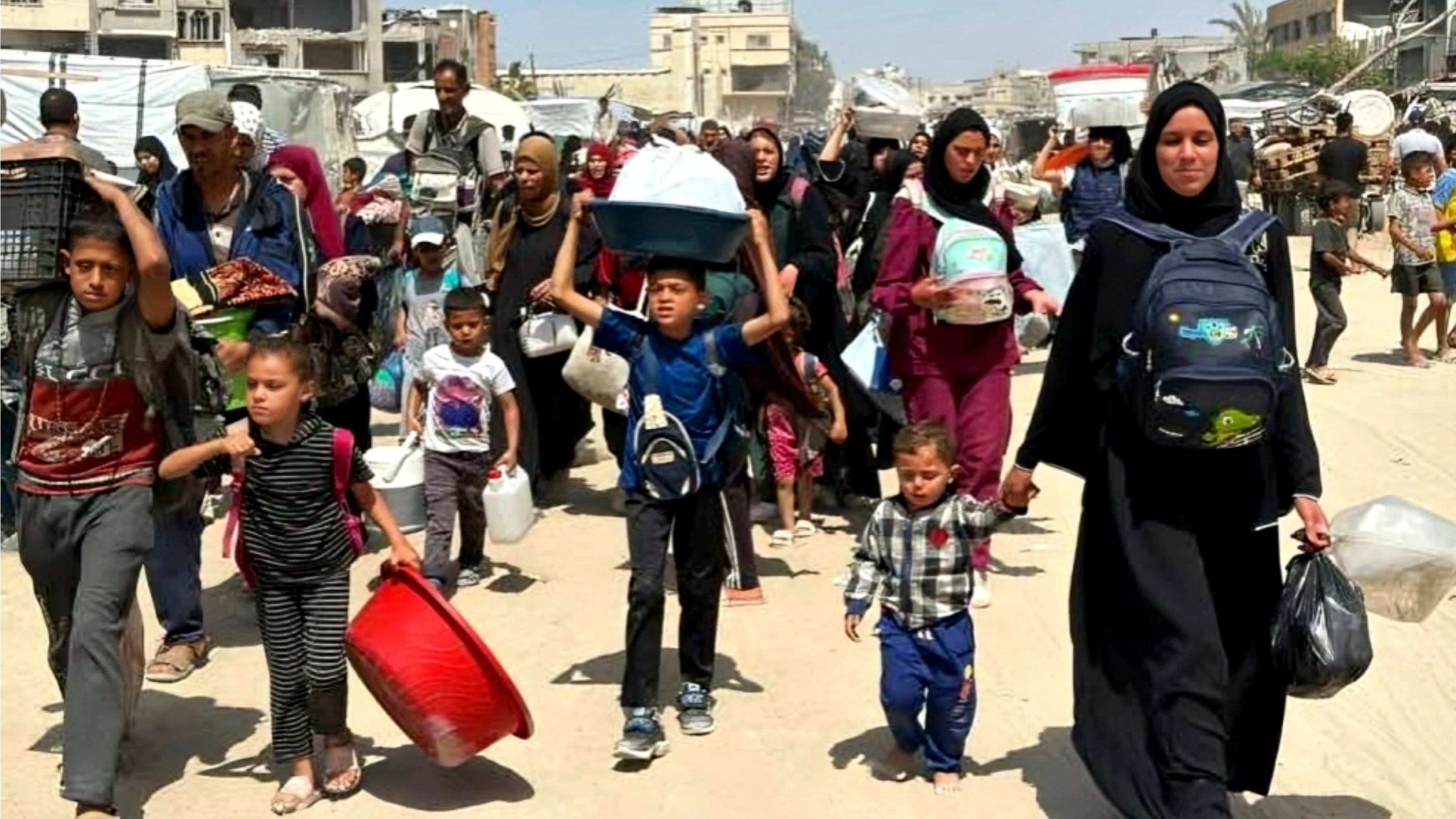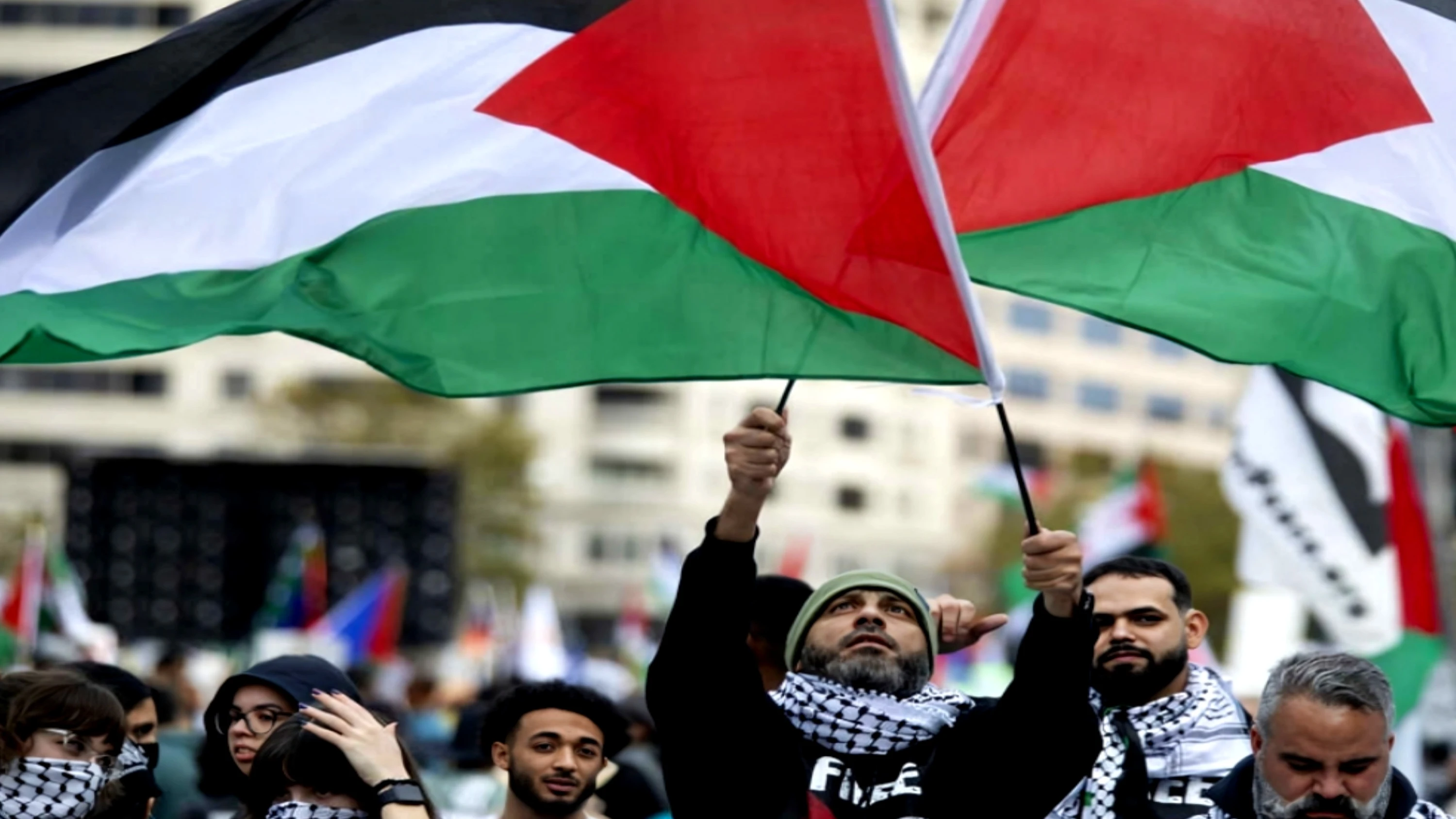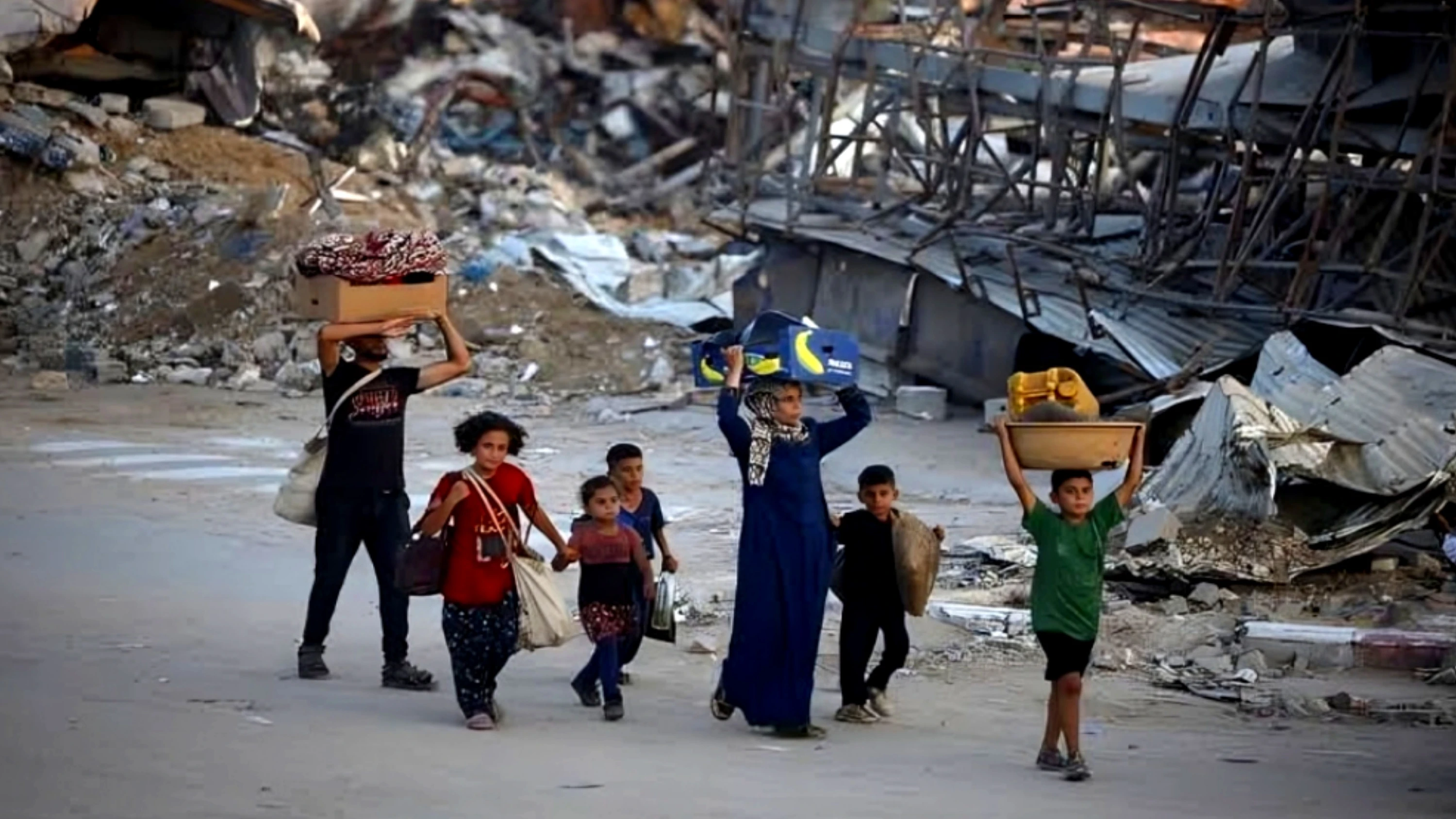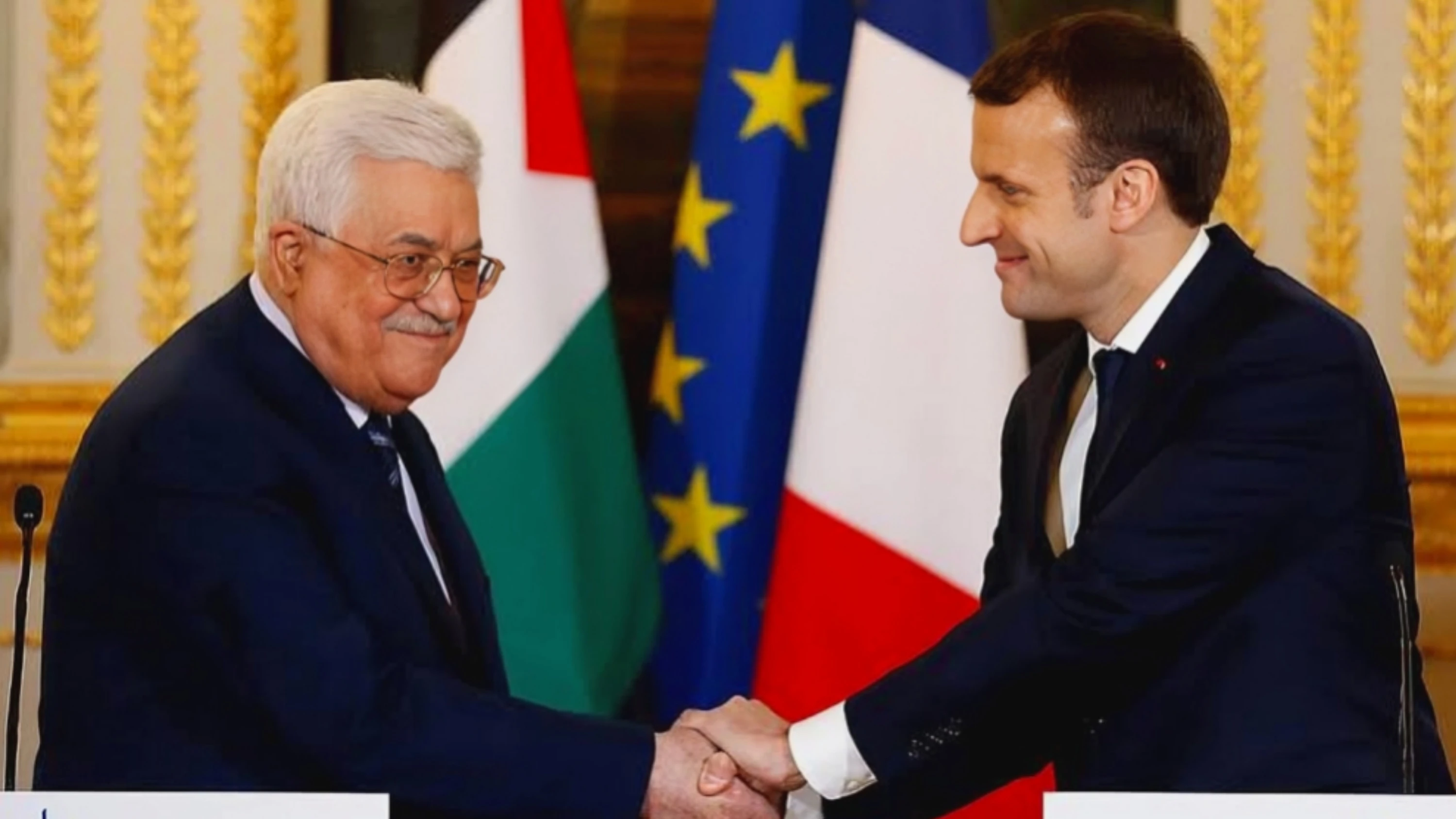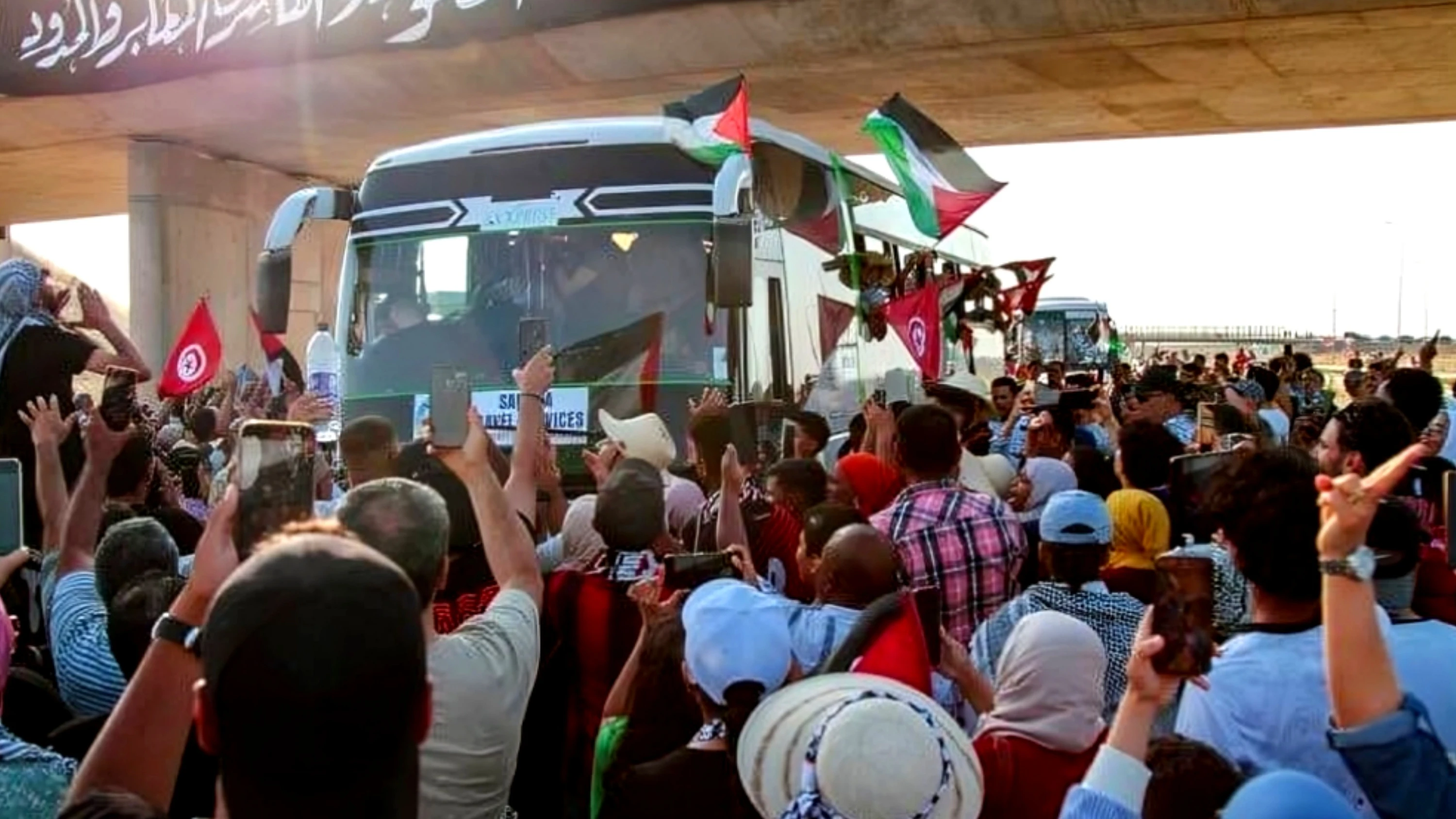Gaza: At least 10 Palestinians were killed and more than 30 injured on Monday after gunfire erupted near two humanitarian aid distribution centers in Gaza, according to Gaza's Civil Defense. The victims were attempting to access food aid when the violence broke out.
The Israeli military acknowledged firing “warning shots” after spotting individuals it described as suspicious. However, eyewitnesses on the ground have presented a different narrative, claiming that not only did Israeli forces open fire on the crowd, but that Palestinian gunmen—reportedly collaborating with Israeli troops—also attacked civilians for the first time.
In response to these allegations, the Israeli military has stated that it is reviewing the incident.
This escalation comes just days after Israeli Prime Minister Benjamin Netanyahu publicly admitted that Israel has been supporting local tribal groups in Gaza as part of a broader strategy to counter Hamas. His remarks followed Israeli media reports citing defense sources who claimed Netanyahu had authorized the arming of a specific group operating in southern Gaza.
This group, viewed by some as a militia or even a criminal organization, portrays itself as an anti-Hamas force. Israel claims the group’s role is to help secure aid convoys entering Gaza, but critics argue that their actions have further destabilized an already volatile humanitarian situation.
Since the end of May, dozens of Palestinians have been killed near aid distribution points managed by the Gaza Humanitarian Foundation (GHF), according to Gaza’s Civil Defense and the International Committee of the Red Cross.
GHF began its operations in late May following a partial easing of the severe blockade imposed by Israel on the Gaza Strip. The foundation, which is reportedly operating with coordination from both Israel and the United States, was established to facilitate the delivery of vital humanitarian aid to the besieged population.
Despite these efforts, the situation on the ground remains dire. Human rights organizations have raised serious concerns over the militarization of aid delivery and the growing influence of non-state armed groups in the distribution process—warning that such developments threaten to undermine both humanitarian access and civilian safety.


